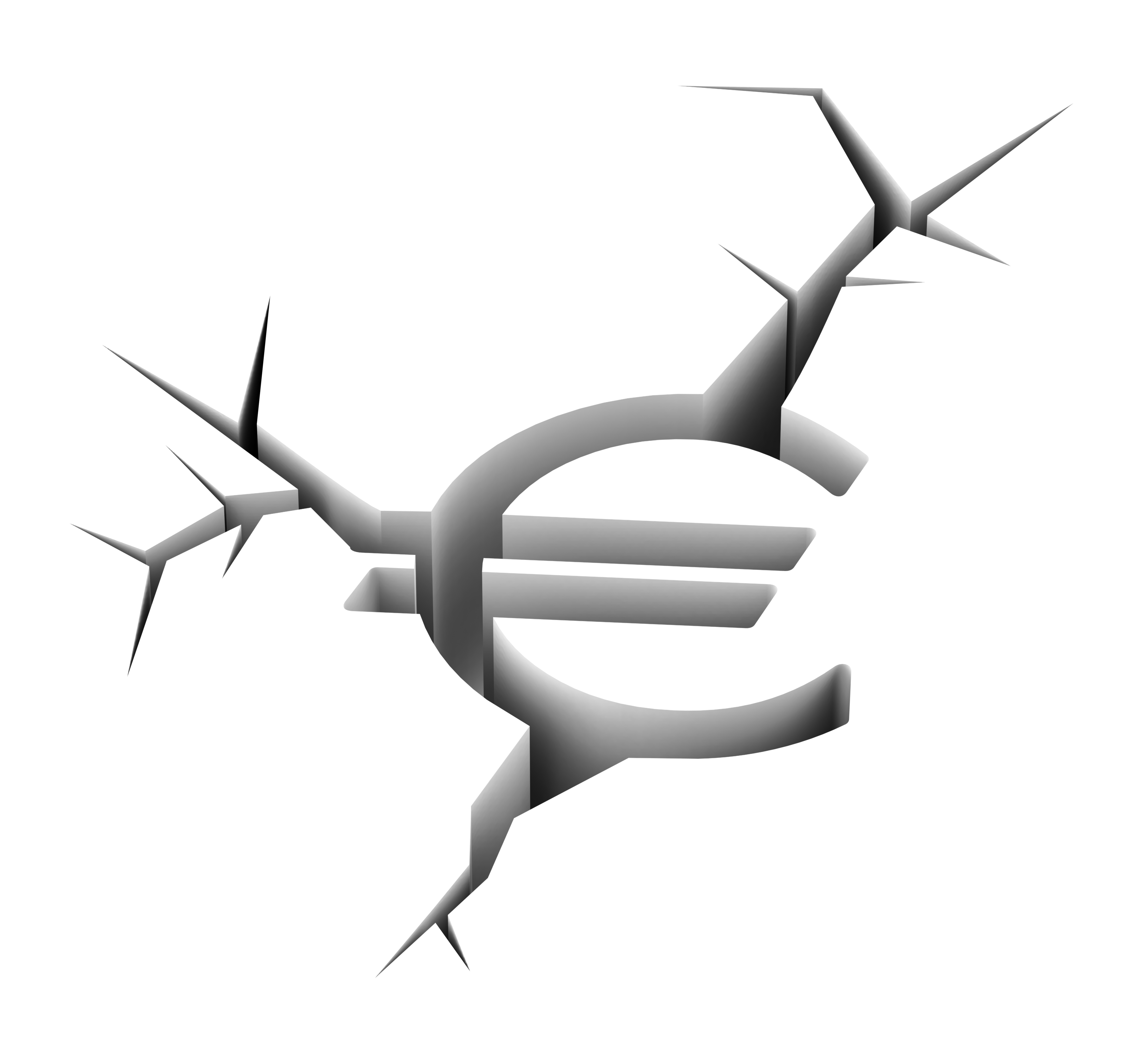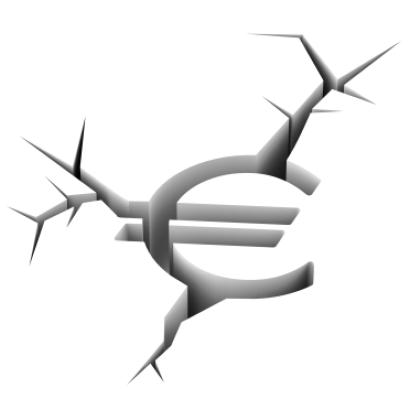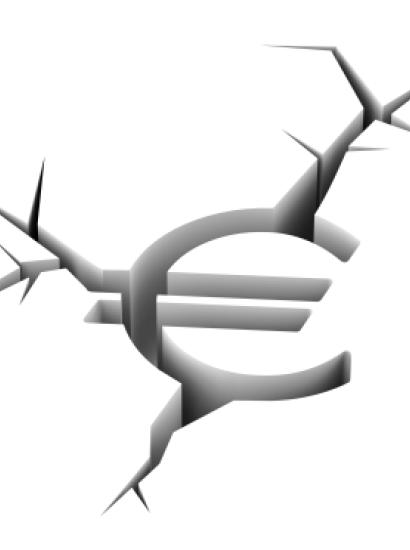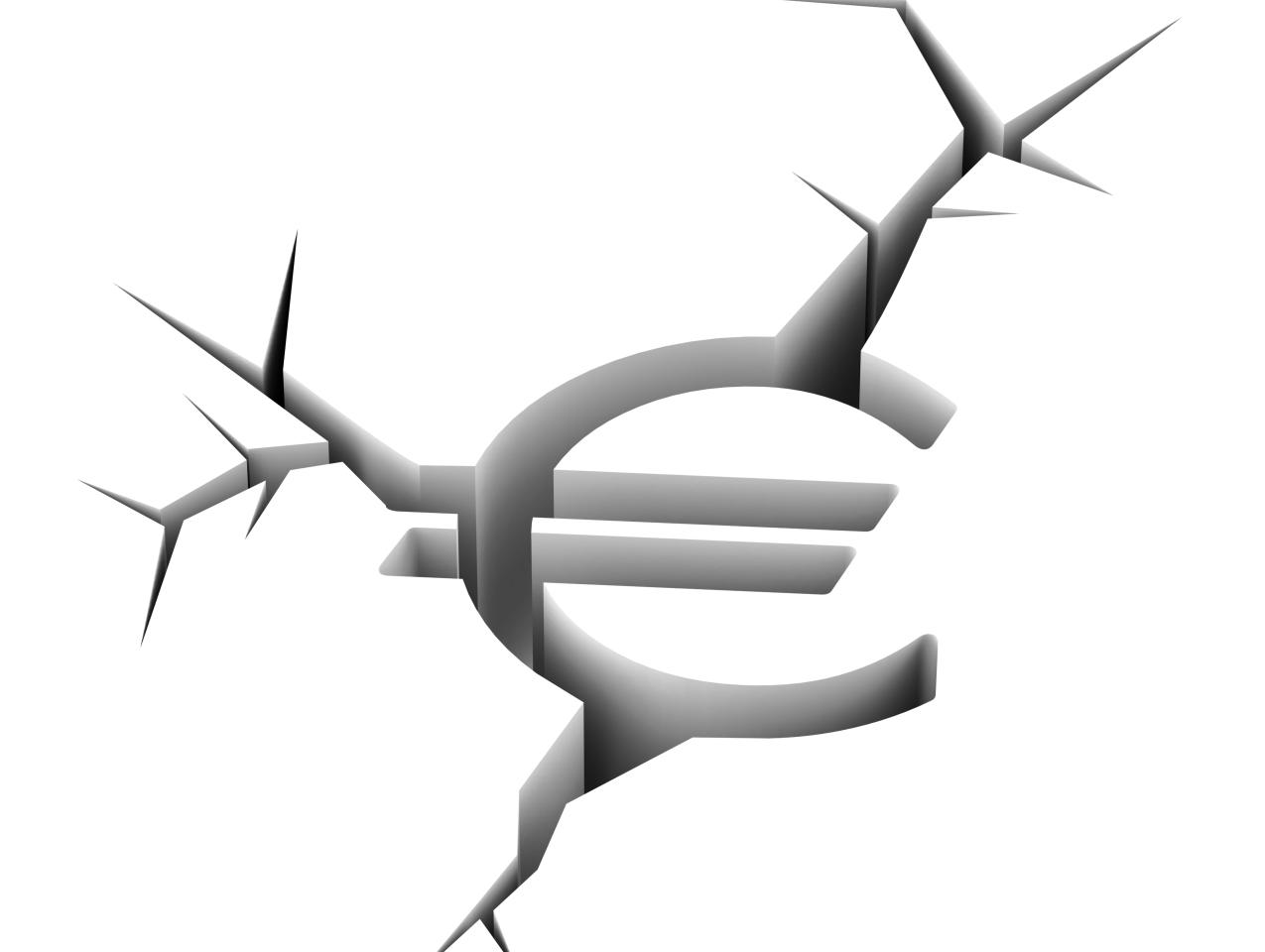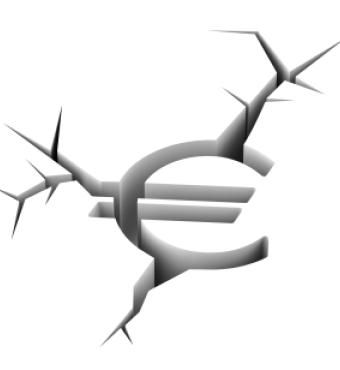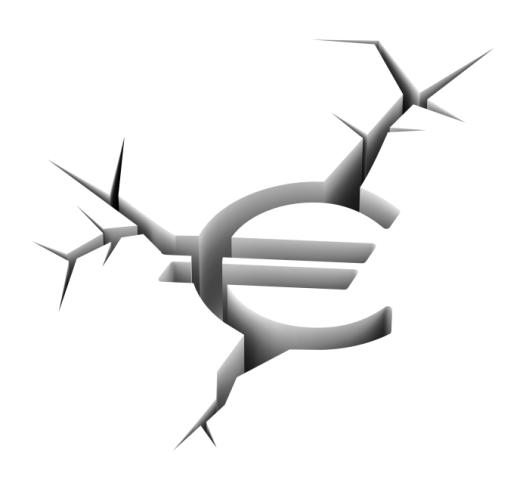- Economics
- History
- Economic
- World
The euro area’s gross domestic product grew a minuscule 0.2% in the third quarter, reflecting very weak performance in Germany (0.1%), France (0.3%) and Italy (minus 0.1%). Spain was the rock star of the large countries, clocking in at 0.5% growth. That investors reacted positively to this abysmal news shows how inured Europeans have become to economic stagnation.
Debates about how to revive the Continent have centered on the European Central Bank’s monetary policy, and on restoring fiscal responsibility in the euro area’s more profligate governments. But the story of Europe’s moribund economy goes back many years before there was an ECB, or before Greece, Spain and Portugal had piled up enormous debt. And that story has uncomfortable relevance for the U.S., if the American economy is going to sustain the encouraging 5% third-quarter GDP growth reported earlier this month.
Europe grew much faster than the U.S. in the decades after World War II. European firms rapidly adopted and developed new technologies and became vigorous competitors. Its people worked longer hours than in the U.S.
France’s per capita GDP, for example, rose from only about half of the U.S. level in 1950 to nearly 80% by 1980, according to data from the Penn World Table, the standard source for international comparisons. But the country began to slide almost immediately following the election of President François Mitterrand, head of the French Socialist Party, in 1981. Today, French per capita GDP is, in relation to the U.S., at about the same level as in 1967. A similar pattern holds for Italy, whose post-World War II boom also ended around 1980. Today, Italy’s GDP per capita is slightly below its 1997 level.
What happened? Europe began adopting high-tax, high-spending, high-regulation and competition-restricting policies that depressed the incentives to hire new workers, to invest in new plants and equipment, and to take risks to start new businesses. The result was a large drop in the number of hours employees worked, in business investment, and in the creation of new economic activity and the adoption and development of new technologies.
Total factor productivity growth, which reflects how technological progress and efficiency improvements make capital and labor inputs more productive, is widely agreed upon by economists as the major factor driving long-run living standards. This growth has been negative in the major euro countries—and today total factor productivity is lower in France, Italy, Spain and even Germany than in 1980. By comparison, U.S. total factor productivity is about 35% higher.
An important cause is the failure of European startups to achieve large-scale success. The Economist magazine has noted that between 1976 and 2007 only one Continental European startup, Norway’s Renewable Energy Corp., achieved a level of success (defined by market capitalization) comparable to Microsoft , Apple, Oracle and the other 20 U.S. startups from that period making the Financial Times Index of the world’s 500 largest companies.
A mare’s nest of economic policies impede European business formation. Tax rates are high—France, for instance, collects about 45% of GDP as tax revenue, compared with 24% in the U.S. Then there are the regulation and licensing restrictions that protect incumbent producers and raise barriers to entry. Obtaining a building permit can take years in Italy, and France has made free shipping from Amazon illegal to protect mom-and-pop bookstores. A 2002 study of how nations regulate the entry of new businesses ranked Italy 75th out of 85 countries, sandwiched between Mali and Senegal, and France ranked 71st, trailing Burkina Faso and Malawi, among others.
Returns to venture-capital firms in Europe have averaged only about 2% a year since 1990, according to Thomson Reuters, compared with an average of about 13% in the U.S. Not surprisingly, there is less private venture capital in Europe, where some 40% of venture funding comes from public money. The European Investment Fund, the EU-backed fund that doles out venture capital, chooses businesses influenced by political factors such as country location and industrial sector, rather than on their profit potential.
The lesson of all this—don’t be like Europe—should be clear enough. But U.S. policy makers have ignored it.
American business is facing an ever-increasing pile of regulations and subsidies that protect incumbents but discourage new entry. These range from established hospitals blocking new hospitals through Certificate of Need state laws, to taxicab restrictions that try to block Uber ride-sharing, to an explosion in licensing-board restrictions that make it difficult for average Americans to open small businesses such as auto shops or even hair salons. Meanwhile, subsidies continue to attract investment to uneconomic industries including wind power and solar power.
At the same time, increased marginal tax rates, higher tax rates on capital gains and dividends and the surtax on investment income discourage investment, hiring and new business formation. Since 2008, the U.S. startup rate has declined nearly 20%, and U.S. business sector productivity growth, which has historically grown at 2.5% a year, has only been growing about 0.9% a year since 2010, according to Bureau of Labor Statistics data.
How to help the U.S. economy keep building on its recent growth spurt? Antiquated and restrictive immigration laws that prevent high-skill workers and entrepreneurs from working in the country and starting businesses need to be updated. Corporate tax rates should be lowered while special deductions and loopholes should be eliminated. Overly restrictive regulation that makes it costly to finance small businesses need to be reformed.
In short, incentives to hire, invest and start new businesses need to be a priority, lest the sclerotic U.S. economic growth of the past six years returns and, as in Europe, becomes a permanent condition.
Mr. Fernández-Villaverde is a professor of economics at the University of Pennsylvania. Mr. Ohanian is a professor of economics at UCLA and a senior fellow at the Hoover Institution.







